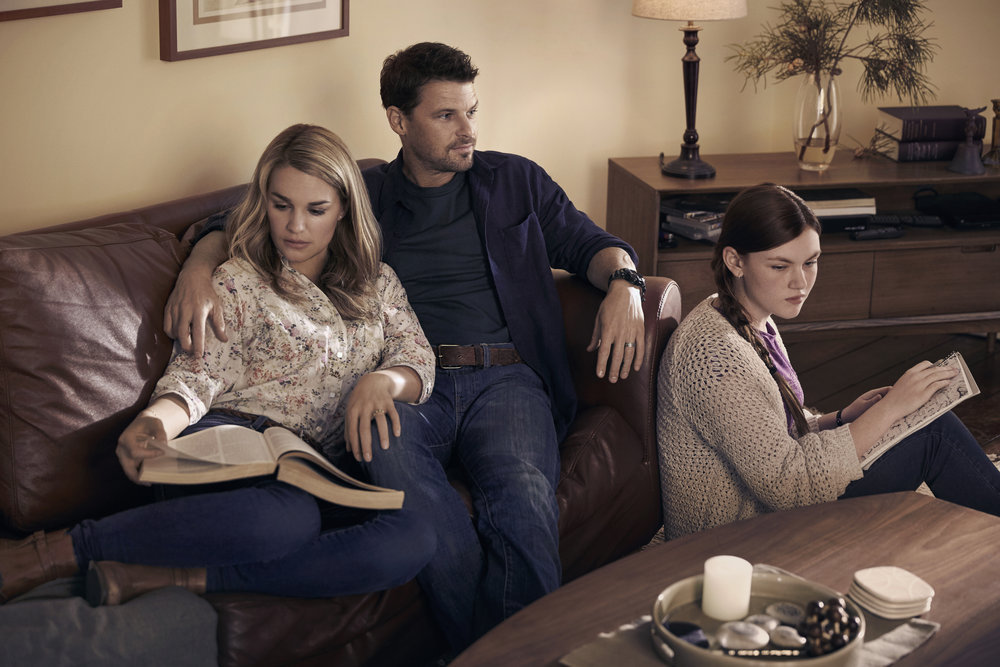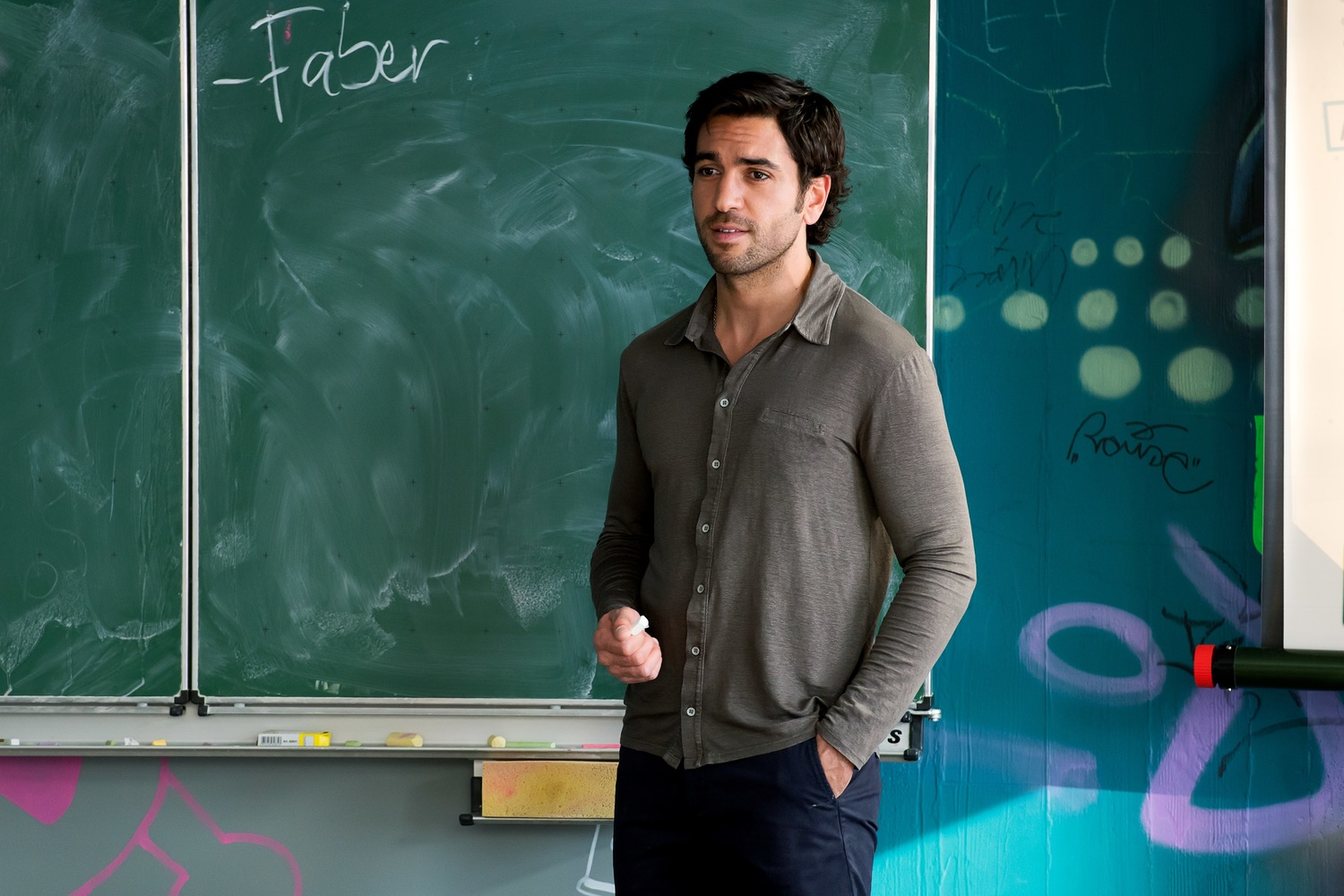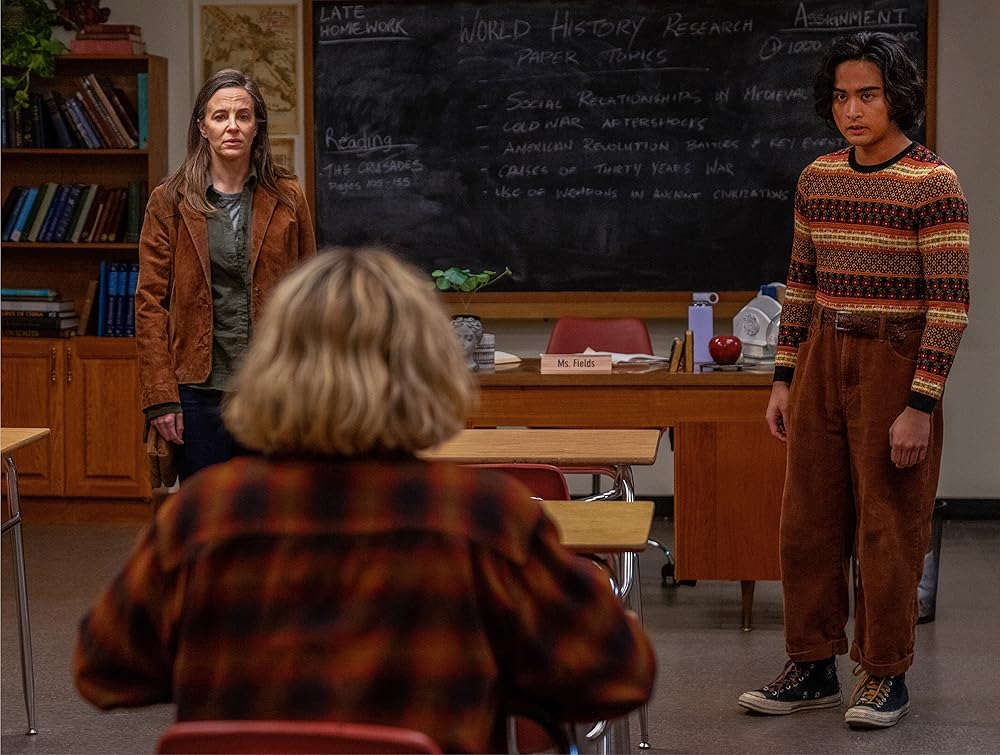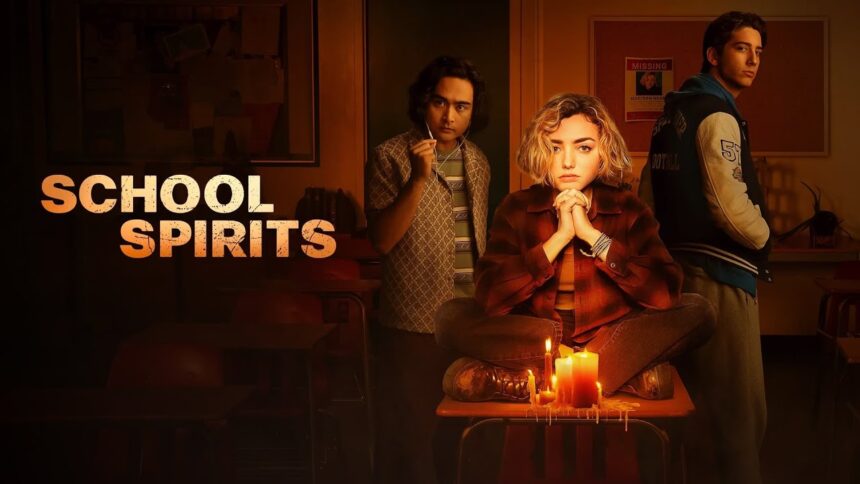The concept of “school spirits” is intriguing to many, as schools are often thought of as places of learning, friendship, and growth, but also places where intense emotions and histories can linger. Whether it’s an old high school building rumoured to be haunted or stories of unexplained occurrences at universities, tales of school spirits span generations. These tales encompass ghostly sightings, strange noises, and eerie feelings that have captivated students, teachers, and ghost hunters alike. This article explores the phenomenon of school spirits, including popular cases, why schools are often associated with the supernatural, and how these stories continue to shape the culture of educational institutions.
1. Why Are Schools Considered Haunted?

Schools, like other longstanding institutions, are often seen as places where spirits may linger. These locations are usually filled with historical significance and have witnessed numerous life-changing events. Schools are where young people experience intense emotions, from joy and excitement to stress and anxiety. Many buildings have existed for decades, if not centuries, and are embedded with memories that may seem to carry an energy of their own.
The idea of school spirit might also stem from the dramatic shift in one’s life that happens during youth and education, coupled with the historical presence of schools. Unlike other places, such as homes or workplaces, schools are spaces shared by many generations. This generational overlap of experiences can contribute to the aura of mystery surrounding them, with each class of students and teachers contributing to the building’s collective story.
2. Notable Cases of Haunted Schools

Many schools around the world have gained fame for their paranormal stories. These stories often go beyond simple ghost sightings, involving everything from unexplained noises to more unsettling experiences. Here are a few of the most famous cases:
- El Paso High School, Texas: This school, with its distinctive Greco-Roman architecture, has been labelled one of the most haunted high schools in America. Over the years, students and staff have reported sightings of ghostly figures, particularly of a girl dressed in an old-fashioned dress who is believed to have died under mysterious circumstances. There are also stories of locked doors opening on their own, echoing footsteps, and the sounds of children playing in empty hallways.
- University of Toronto, Canada: Known for its Gothic architecture, the University of Toronto is home to several haunted tales. The most famous involves the story of a stonemason who was killed in a love triangle gone wrong. His ghost is said to roam the halls of University College, one of the oldest buildings on campus, particularly around Halloween when students report strange sightings and eerie feelings.
- Roosevelt High School, Illinois: At Roosevelt High School, teachers and students have reported numerous incidents, including lights flickering and mysterious sounds coming from empty rooms. One legend tells of a former janitor who passed away but still roams the halls. Some students claim they’ve seen him in the basement area late at night, continuing his custodial duties.
3. The Impact of School Spirit Stories on Campus Culture
The stories of school spirits have become a part of the cultural identity of many schools. These tales are often passed down from class to class, and students and staff treat them as shared legends that make their institution unique. In some cases, stories of school spirits foster a sense of camaraderie and serve as a bonding activity for students. Ghost stories are shared during school events, Halloween gatherings, and orientation tours, creating a mysterious charm that draws students and staff together.
For some schools, stories of hauntings and paranormal activity are so prevalent that they become part of the institution’s identity. School spirit events like haunted tours, Halloween parties, and even “ghost hunts” organized by students and paranormal clubs help build community spirit and make students feel a sense of belonging. Furthermore, these tales attract tourists, alumni, and ghost hunters, all eager to experience the supernatural atmosphere of the school for themselves.
4. How School Spirits Reflect Local and Cultural Beliefs

Belief in school spirits is often influenced by local customs and superstitions. For example, in some cultures, spirits are thought to remain where they experienced strong emotions or suffered a tragic end. Schools, as places where young lives are moulded and where stress, excitement, and sometimes sadness play out, may be seen as natural environments for spirits to linger. Cultural festivals such as Dia de los Muertos in Mexico or the Ghost Festival in China are prime examples of how communities honour the spirits of the deceased, adding a layer of cultural richness to the way school spirits are perceived.
In Japan, the concept of Gakkou no Kaidan, or school ghost stories, is widespread. Japanese folklore is filled with tales of school ghosts, and these stories are a common theme in books, films, and television series. Many Japanese students are familiar with tales of haunted bathrooms, cursed classrooms, and wandering spirits, which reflect the broader Japanese cultural connection with spirits and the supernatural.
5. Are School Spirits Real?

While sceptics might dismiss these stories as folklore or figments of the imagination, others argue that school spirits could indeed be real. Paranormal investigators suggest that the sheer volume of sightings and experiences at schools worldwide cannot be purely coincidental. Some paranormal researchers use scientific equipment like electromagnetic field meters and infrared cameras to investigate haunted locations, including schools, and report capturing strange sounds or unexplained energy signatures.
On the other hand, psychologists suggest that young people’s heightened emotions, susceptibility to suggestion, and vivid imaginations may be enough to fuel ghost stories. Fear and excitement often lead people to interpret ordinary occurrences—such as creaking floors, flickering lights, or sudden drafts—as signs of paranormal activity.
Conclusion
School spirits remain a compelling element of campus culture, sparking curiosity, excitement, and a bit of fear among students and faculty alike. Whether real or imagined, the stories of hauntings and spirits add a layer of mystique to the educational experience. They allow students to connect with their school’s past and each other, creating shared memories and experiences that extend beyond the classroom.
As long as there are schools, students, and stories, tales of school spirits will likely continue to enchant and entertain, keeping the eerie and mysterious presence of the supernatural alive on campuses around the world.












